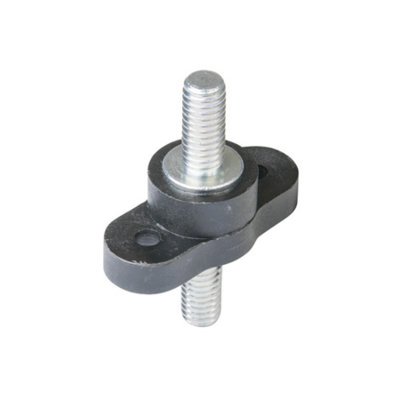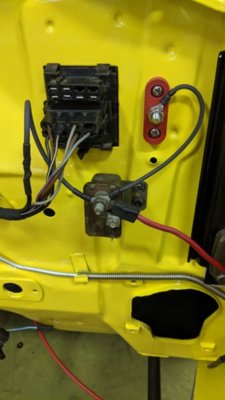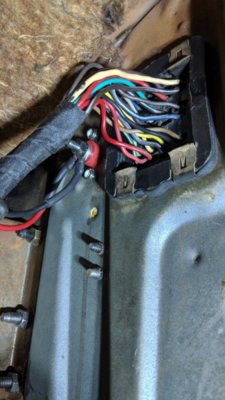bearman
Well-Known Member
what's the fix. after market have the same problem and is it from old age or a factory screw up. what's everybody fix i'm sure this has been address before i'm curious as everybody ups the alt and adds electronic everything but never them talk about changing the bulk head when they do this. everybody changes from ammeter to volt meter but uses the bulk head connector. which is a real problem to begin with. so curious of the fix to the bulk head problem



















